From the lush rice paddies in the north to the interesting bustle of the Mekong Delta in the south, Vietnam’s natural beauty is a major draw for tourists. Contrarily, Vietnam is also a country steeped in history and traditional customs.
This country has a lot to offer tourists, from Buddhist temples to tranquil hill towns and enormous caverns. Check out our compilation of the best Vietnam has to offer in terms of tourist destinations for some inspiration on where to go.
25. Khai Dinh Tomb in Hue
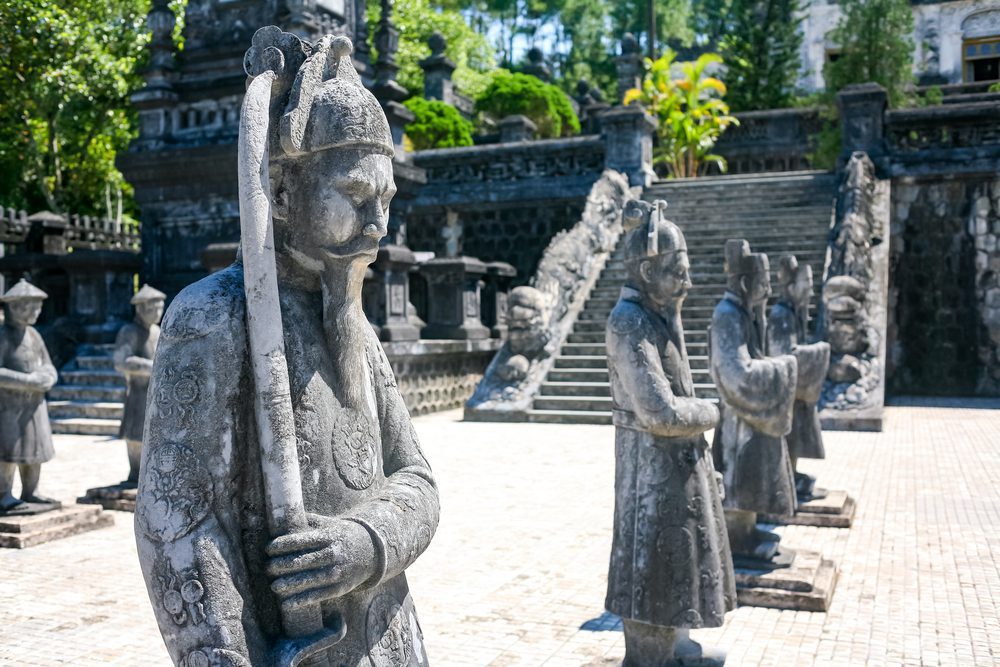
The Khai Dinh Tomb in Hue combines Buddhist and Roman Gothic styles in its building. In the 1920s, the Emperor of Vietnam had the tomb built just for him.
The main structure, aptly named the Thien Dinh, can be reached from the Honor Courtyard, which can be reached from the complex’s entrance. There is a bronze statue of Khai Dinh at his tomb, which is surrounded by murals.
24. Con Dao Islands
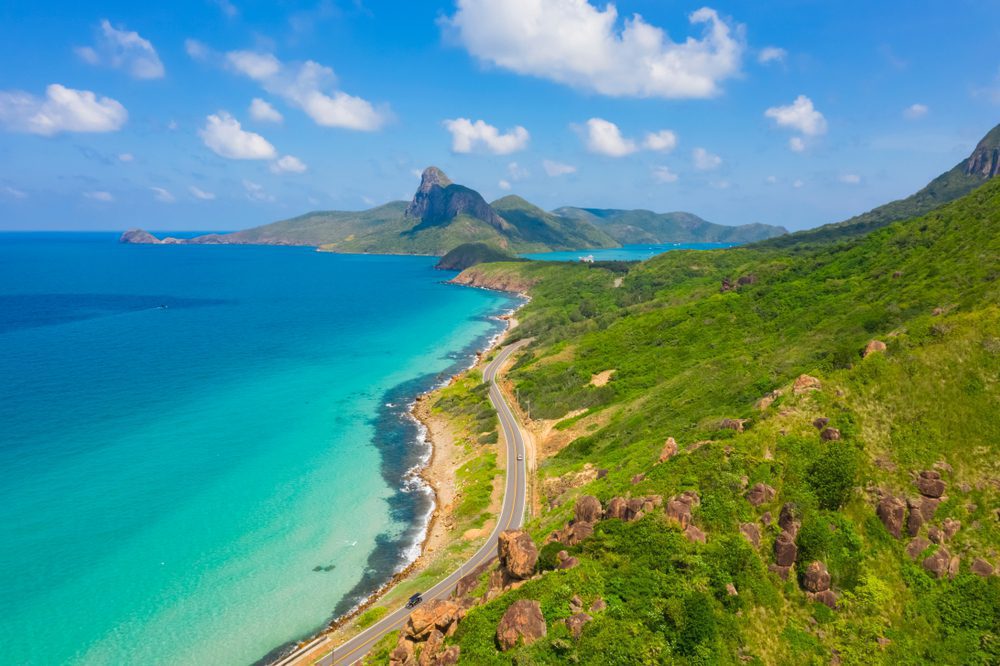
Thousands of prisoners of war were held in the Con Dao Islands, sometimes known as the Devil’s Island of Indochina, while the region was ruled by the French. A new and distinct use has been given to this cluster of 16 islands off the southern Vietnamese coast.
Beautiful beaches are a major draw for tourists, and underwater activities like scuba diving and snorkeling are also common. Some of the prison structures from Con Dao’s past can still be visited and explored.
23. Marble Mountains

The Marble Mountains can be found to the south of Da Nang, Vietnam. The five peaks here are honored by their respective elemental names: earth, water, wind, fire, and wood. Not only are the mountains beautiful in and of themselves, but they also contain innumerable caverns, some of which are home to wonderful Buddhist sanctuaries. During the Vietnam War, several caverns served as sanctuaries and hospitals; others are home to Confucian or Buddhist shrines.
22. Notre Dame Cathedral in Saigon
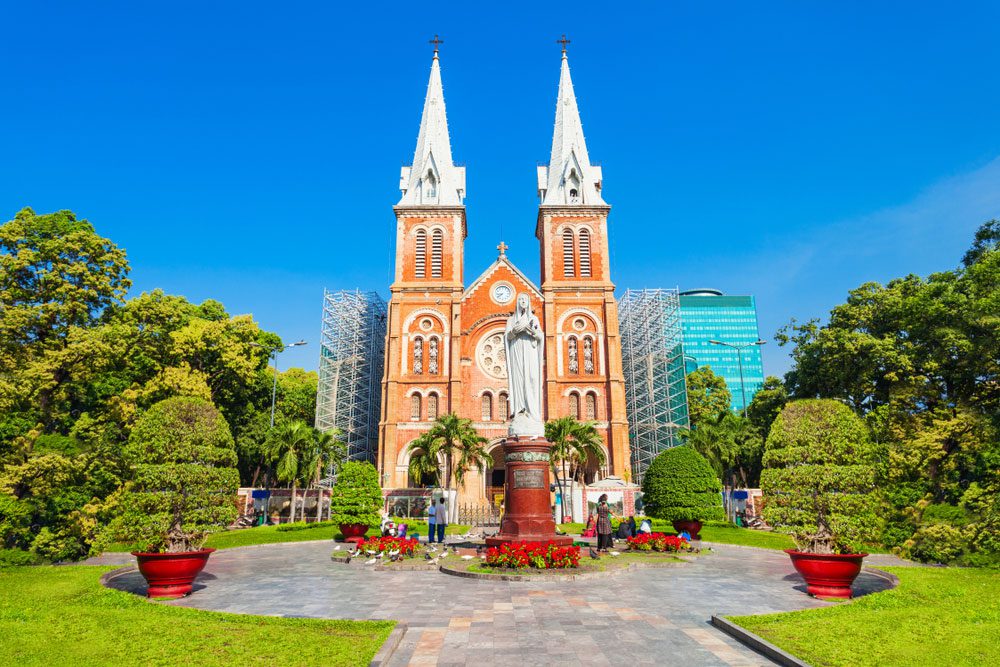
The magnificent Notre Dame Cathedral of Saigon (now Ho Chi Minh City) is a must-see for anybody visiting Vietnam. The cathedral was constructed in the late 19th century and was designed in the neo-Romanesque style popular in Europe at the time. Numerous building supplies came straight from France.
Both the inside and outside are outstanding. Visit the Virgin Mary statue, carved tiles, and stained-glass windows that have survived.
21. Tam Coc
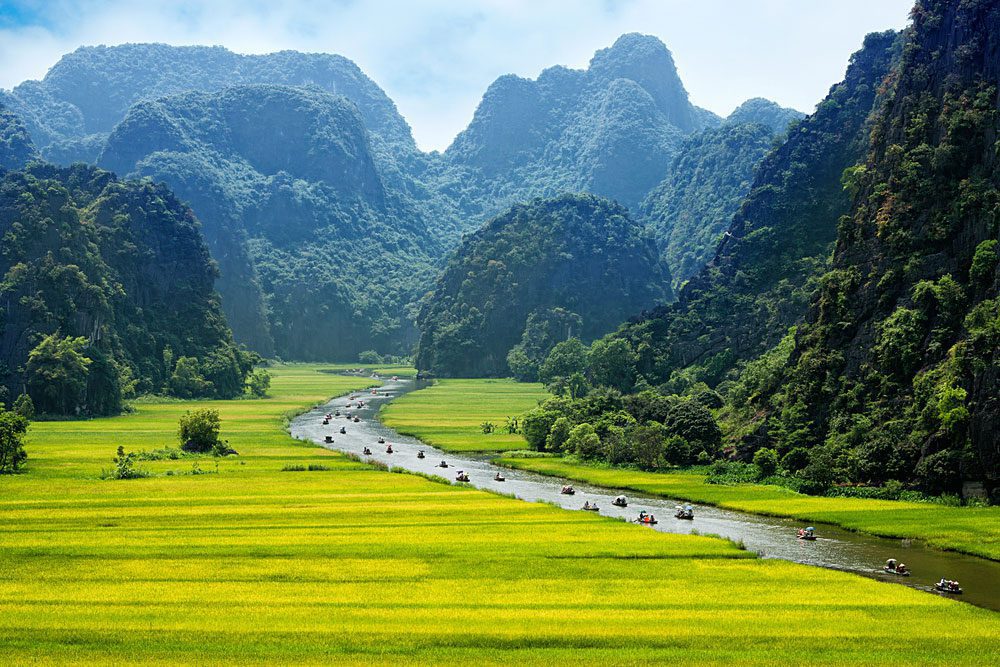
Tam Coc, or “three caves,” is a popular tourist destination in the Ninh Binh region of northern Vietnam. The three caves and surrounding area are situated in a beautiful setting, with limestone cliffs and rice terraces, and a river that meanders through the area.
The caves, which are the primary draw to the region, they go by the names Hang Cả, Hang Hai, and Hang Ba. The Ngo Dong River, which runs through the caves and is a popular day trip destination from Hanoi, is lined with floating merchants who sell their wares to the tourists that take guided boat trips to the caves.
20. My Khe Beach
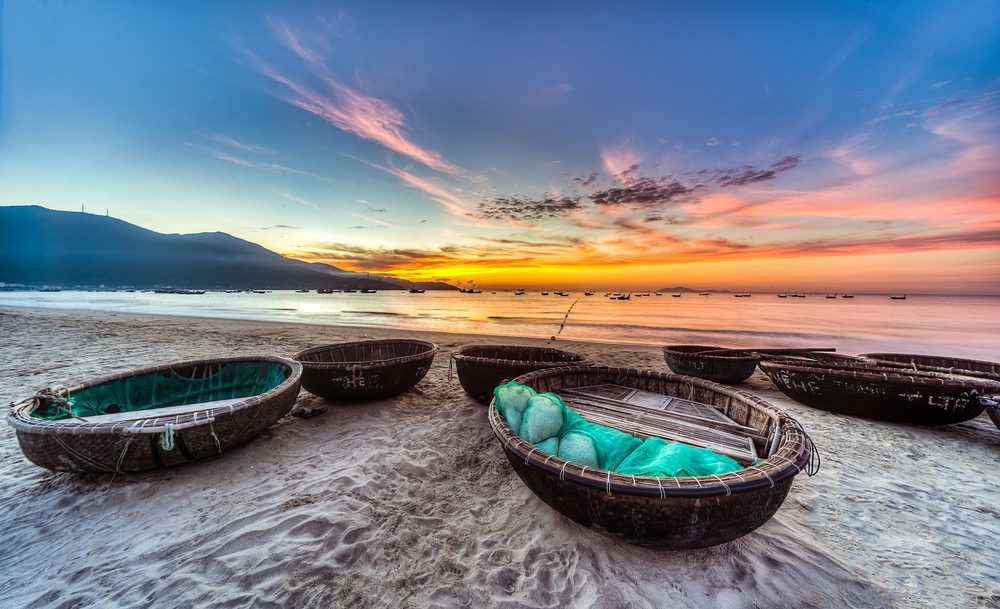
My Khe Beach is undoubtedly the most beautiful location in all of Da Nang. During the Vietnam War, this area was used as an R&R spot for American troops via helicopter. It is also known as China Beach. People go here now for the clear blue water and sunny skies.
Beachgoers can find all they need from vendors, including lounge chairs, thatched umbrellas, and kayaks, to relax and enjoy their time on the beach. My Khe Beach is a popular destination for tourists and residents alike due to its convenient proximity to several hotels and cafes.
19. Hang Son Doong Cave
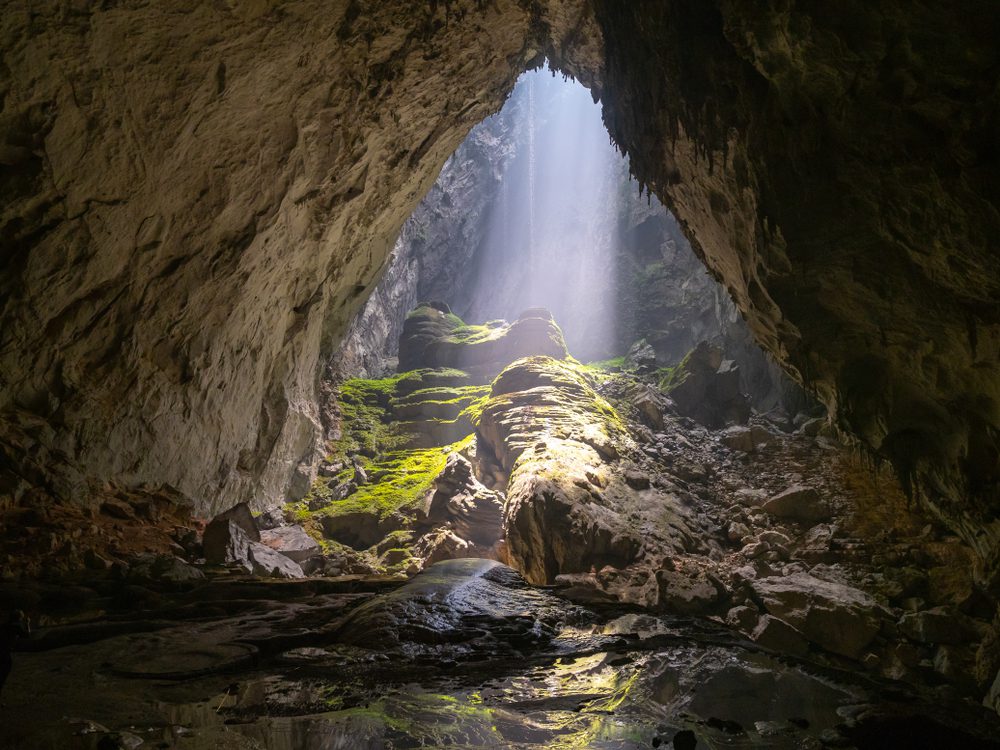
Hang Son Doong is the biggest cave in Vietnam and one of the biggest in the world. Hang Son Doong Cave, which is around three million years old, is a remarkable location unlike any other on Earth. Because of its vast size, the cave is an ideal camping spot for a large group.
The cave has bright blue pools of water and a river that winds its way through the cave. Because erosion has created openings in the walls, lush vegetation now borders the passages. The cave has an ethereal quality, and visitors can learn everything there is to know about it on one of the guided tours.
18. Temple of Literature in Hanoi
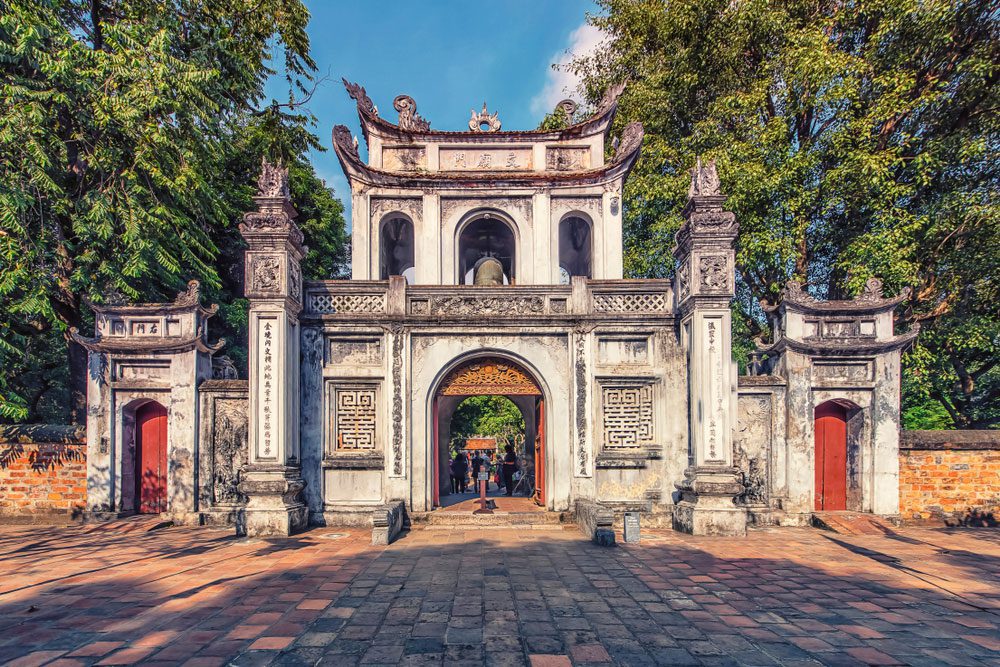
Incredible Confucian architecture can be seen at a temple in Hanoi. The Temple of Literature was constructed in the 11th century to celebrate Vietnam’s rich academic history and the contributions of its numerous intellectuals.
Even the first university in the country was established at the Temple of Literature. Numerous pagodas and the Well of Heavenly Clarity Pond can be found among the numerous statues of Confucius and his disciples.
17. Bac Ha Market

When the weekly market comes to town, the sleepy town of Bac Ha in northwest Vietnam becomes the place to be. Bac Ha attracts visitors from all around the region, and the roads are always jammed with tourist buses.
Sunday is the best day to go since you can see the natives dressed in their cultural garb, drink the fresh coconut juice, and browse the many vendors. Bac Ha is a shopping paradise, with stalls selling everything from water buffalo to aromatic spices, vibrant garments, and delectable Hmong and Thay food.
16. Cham Islands
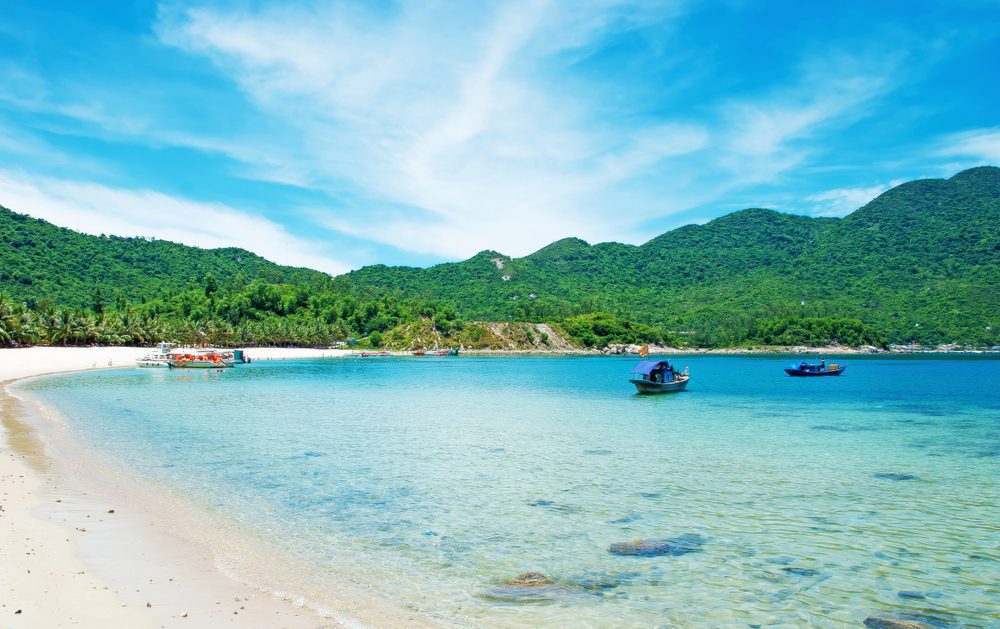
Located a fair distance from Hoi An’s coast, the Cham Islands are a group of hilly isles. These mostly granite islands were long off-limits but are now accessible to tourists. Less than two hours away by speed boat is Hon Lao, the biggest and only inhabited island in the group.
Day travelers can enjoy snorkeling the reefs or simply relaxing on the beaches. There aren’t many places to spend the night, but for the adventurous, it can be an unforgettable experience.
15. Hang Nga’s Guesthouse in Da Lat
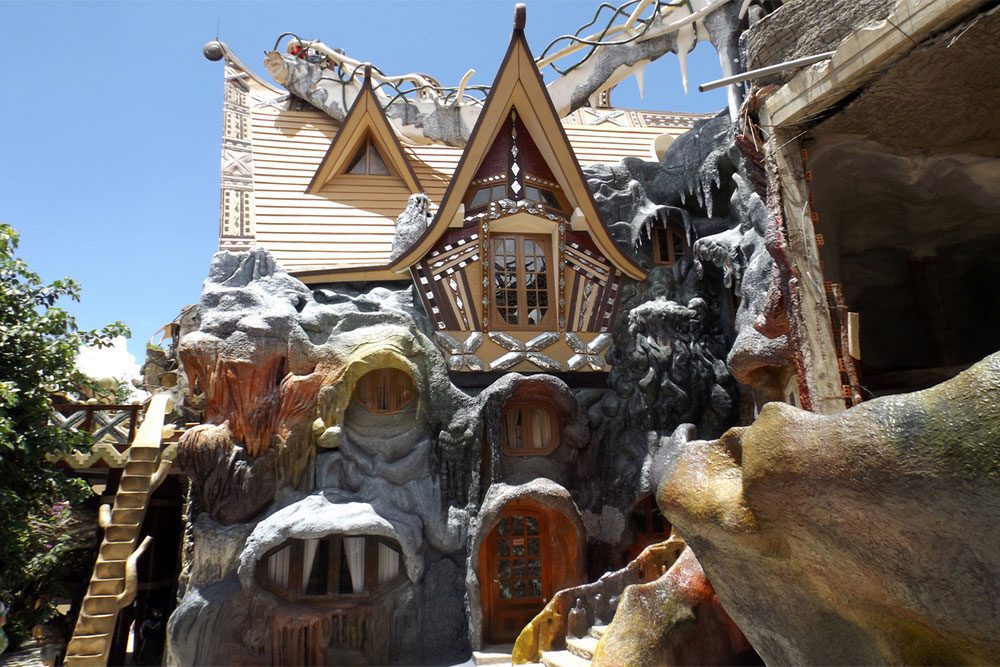
Tourists staying in Da Lat often refer to Hang Nga’s Guesthouse, sometimes known simply as Crazy House, as their place to rest their heads. A local architect by the name of Dang Viet Nga was responsible for the building’s design, although the influence of Gaudi, the Spanish architect, is obvious.
The guesthouse has a winding staircase, branches that protrude from the windows, and carved animals that serve as both furnishings and fireplaces.
14. Cao Dai Temple
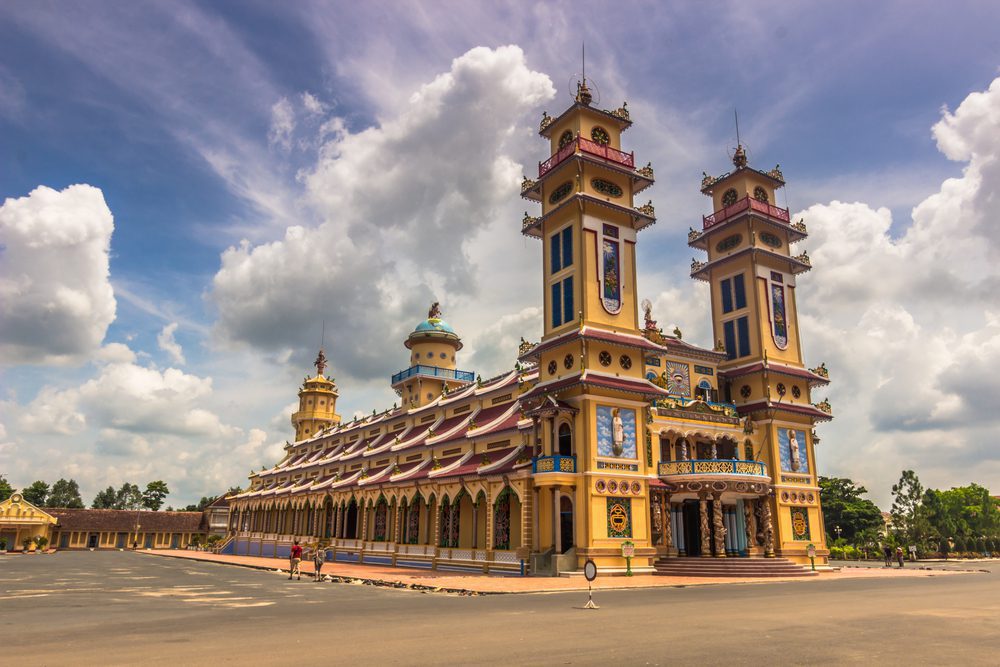
The Cao Dai Temple, built in the 1930s, is a revered pilgrimage site and a symbol of Vietnam’s spiritual heritage. Caodaism, the religion of the Vietnamese, is its own thing, drawing from Confucianism, Buddhism, Taoism, and even Catholicism.
Visitors to the Cao Dai Temple can observe or join in on any of the four daily prayers held in the temple’s main structure. The temple is only one of many residences, administrative buildings, and even a hospital that make up the complex.
13. Imperial Citadel in Hue
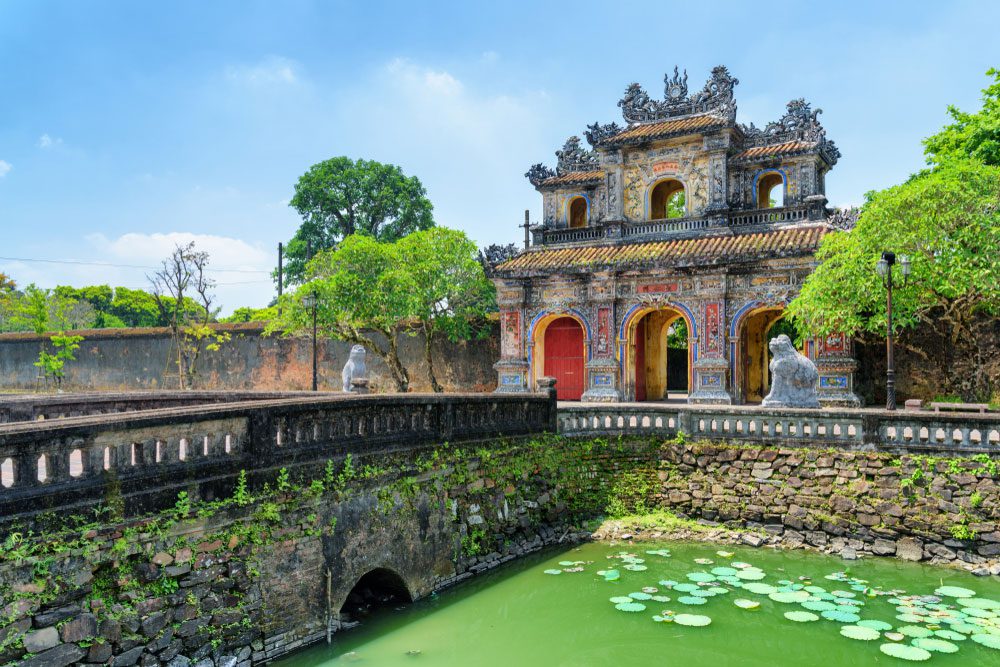
The Imperial Citadel of Hue was the Vietnamese Nguyen dynasty’s seat of power for over 150 years, from 1802 to the end of World War II. The Purple Forbidden City, the private domain of the royal family, was in the heart of these fortified grounds.
Since it is located so near the demilitarized zone that divided North and South Vietnam during the Vietnam War, the massive Imperial Citadel was also a strategic hold. Visit this site if you care about our country’s past; it’s important.
12. My Son
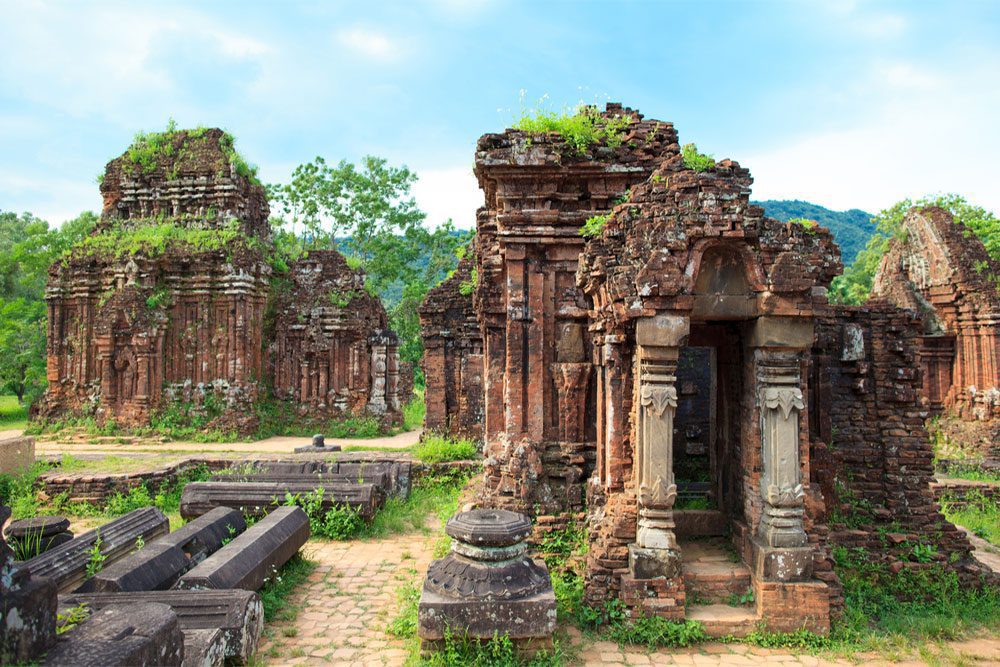
Near the Vietnamese village of Duy Phú, the Chan people started building Hindu temples more than 1,600 years ago. Several of these temples can be seen today in the grassy valley that lies under Cat’s Tooth Mountain.
Most of the temples are in ruins and are collectively known as My Son. That, however, only enhances the mood. Thanks in part to its remote location and lack of tourist infrastructure, a trip to My Son is like taking a journey through time.
11. Phong Nha Caves
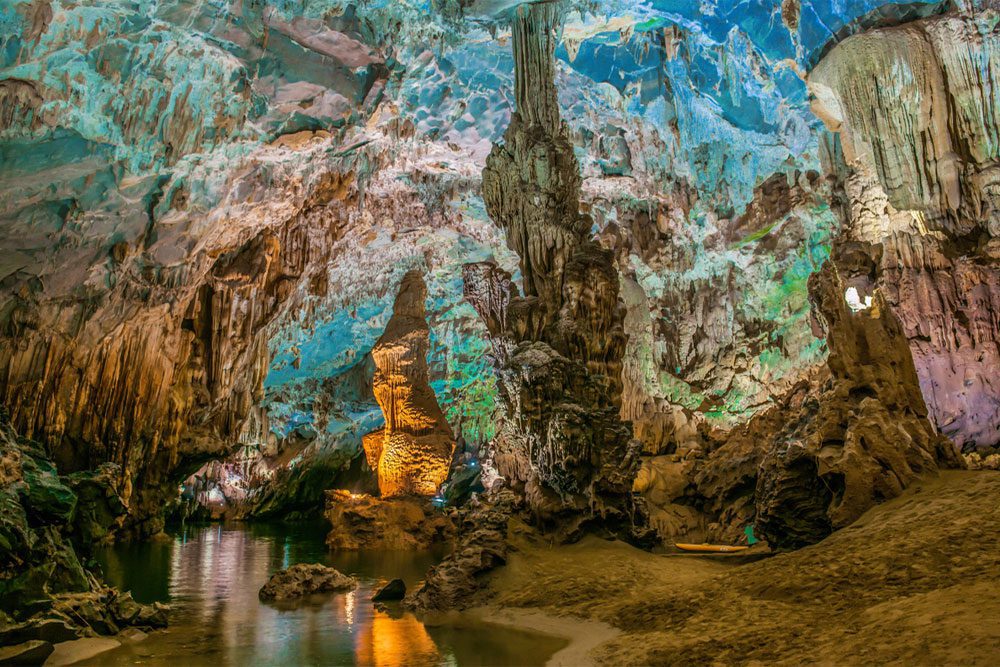
However, the caverns in Phong Nha-Ke Bang National Park are by far the most visited spots in the park. There are hundreds of cave systems in the Phong Nha Caves, and many of them are big enough to house whole city blocks.
Hang Son Doong is the largest and most well-known. Son Trach, a developing village that serves as an entrance to the caverns, is home to several transportation hubs serving the rest of Vietnam, as well as local restaurants and meeting locations for guided tours of the caves.
10. Nha Trang
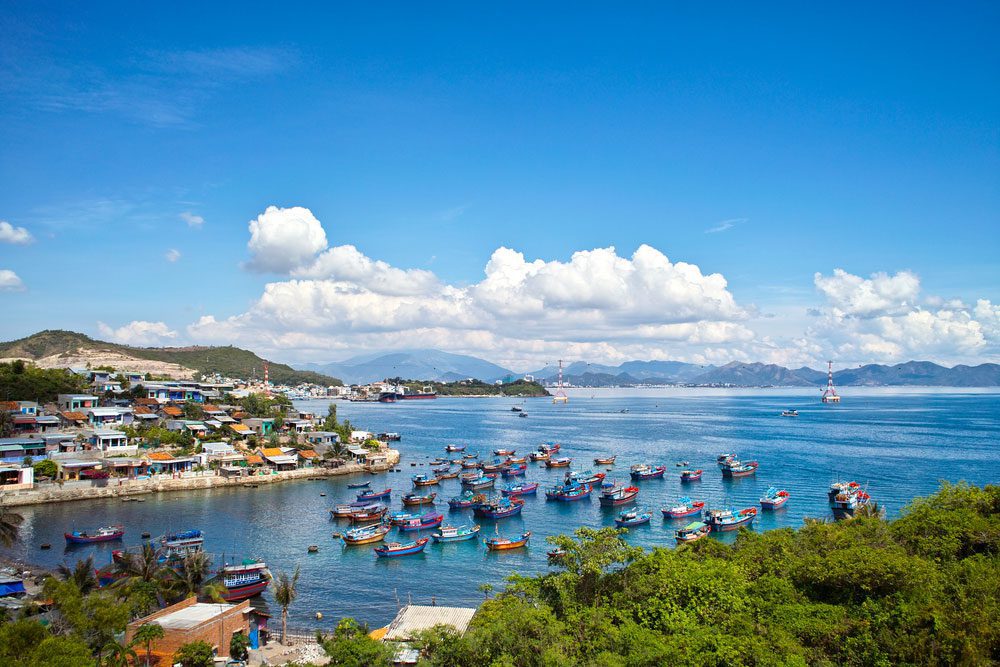
Nha Trang is a famous tourist destination since it is situated on the coast of one of Vietnam’s two most beautiful bays. It has gorgeous beaches with soft, white sand and warm, clear water in the ocean.
Compared to neighboring coastal cities like Mui Ne and Phu Quoc, the city’s 300,000 residents and cosmopolitan vibe make it stand out. It is also a major destination for scuba divers in Vietnam.
9. Cu Chi Tunnels
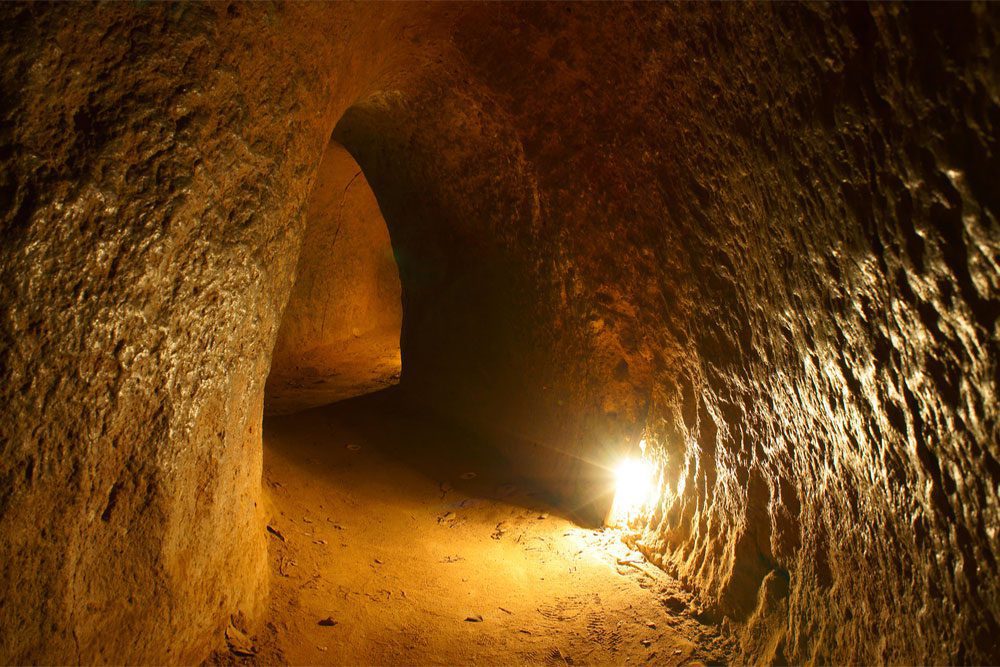
About 40 kilometers to the northwest of Ho Chi Minh City is where you’ll find the incredible Cu Chi Tunnels, a network of subterranean tunnels (Saigon). During the Vietnam War, Viet Cong rebels utilized the tunnels as a base of operations. The Tt Offensive began in 1968 from these tunnels.
As a result of its growing popularity, tourists are now permitted to crawl through the tunnels’ more secure sections.
8. Mekong Delta
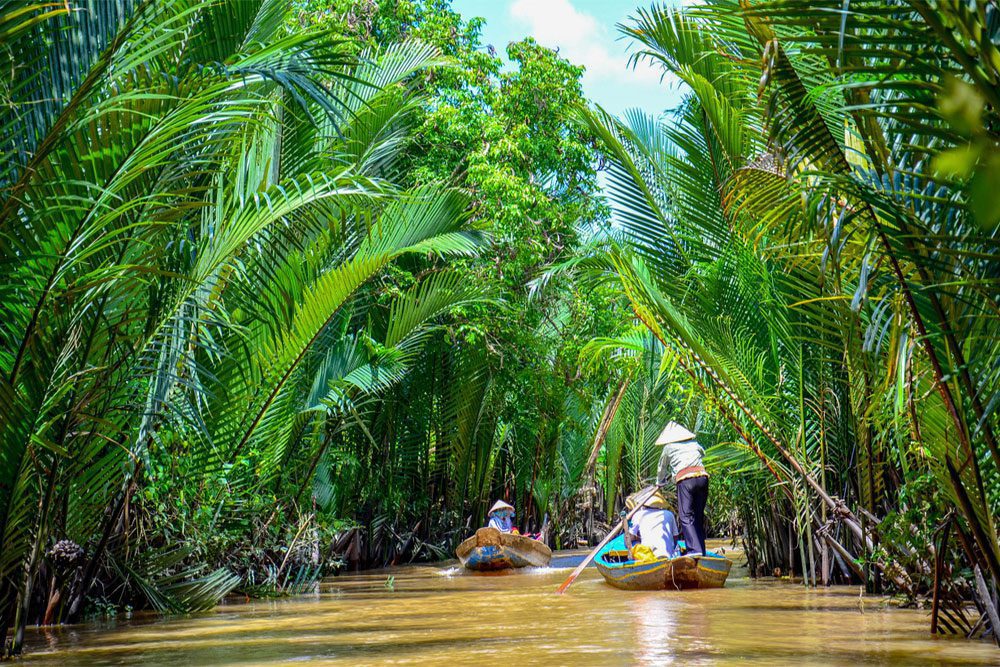
The Mekong Delta is located in southwestern Vietnam, where the Mekong River meets the sea and empties. It is a very fertile region, and the rice fields that dot the landscape here account for over half of Vietnam’s entire agricultural production. Therefore, the river is an integral part of daily life in the Mekong Delta, and it is more common to travel between villages through its waterways than on land.
7. Mui Ne
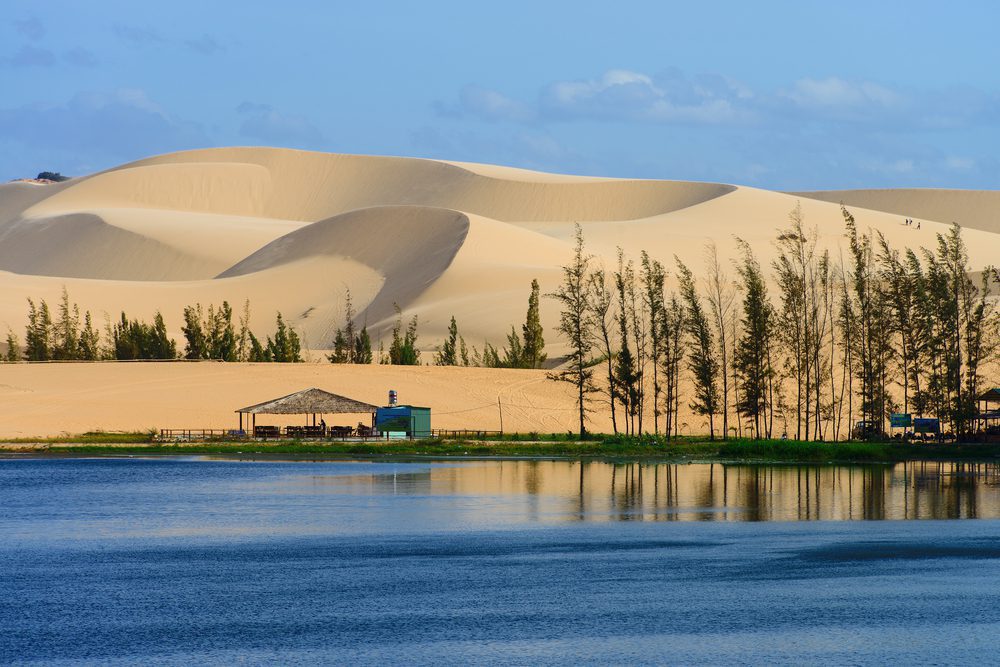
Twenty years of growth and development have transformed a stretch of coastline to the south of Mui Ne, a fishing village. Strong sea breezes make it a popular spot for kite- and windsurfing enthusiasts in Vietnam.
The world-famous sand dunes that are just north of Mui Ne are an absolute must-see on any vacation there. There are some spectacular vistas to be seen at sunset from the beach’s large open space.
6. Sa Pa Terraces

Sa Pa, Vietnam, is a mountain town in the country’s northwest, not too far from the Chinese border. The Muong Hoa valley, situated between Sa Pa town and Fansipan Mountain, is home to a number of rice terraces among dense bamboo woodlands. Vegetables and rice are among the crops cultivated on these paddy terraces by the Hmong, Giay, Dao, Tay, and Giay peoples in the nearby mountains.
5. Phu Quoc
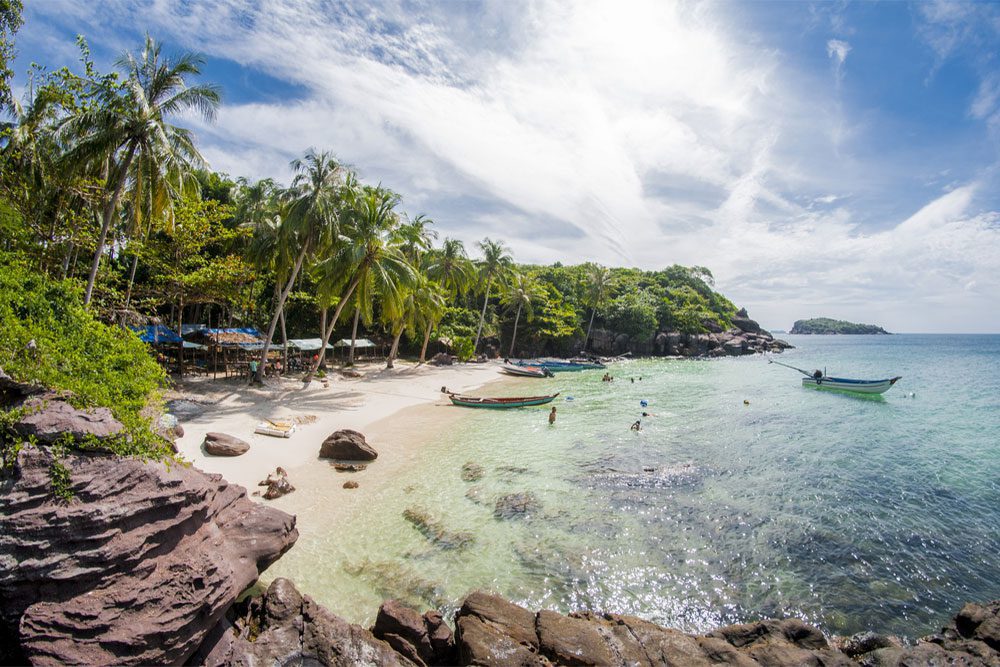
Phu Quoc is Vietnam’s biggest island and is located just off the coast of Cambodia. If Phuket hadn’t been overwhelmed by construction, it would look a lot like Phu Quoc today. Excellent beaches, beautiful coral reefs, and untouched forests are just some of the island’s natural wonders.
Bai Dai (Long Beach) was rated by ABC News as one of the five most beautiful and pristine beaches in the world. When it comes to fermented fish sauce, or “nuoc mam,” Phu Quoc is widely regarded as the global leader.
4. Hoi An
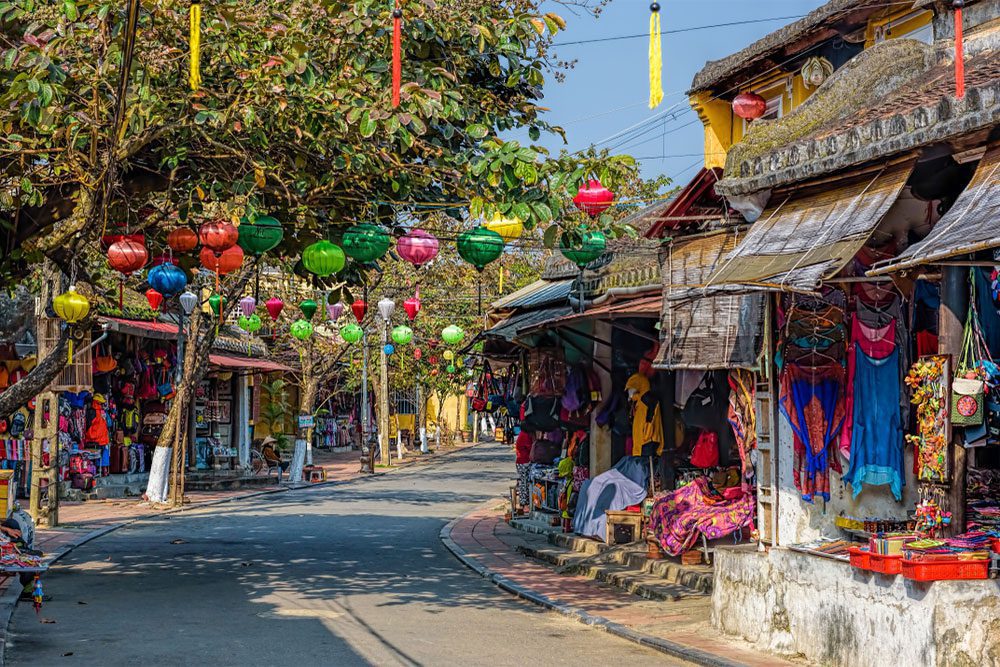
Located on the shores of the South China Sea, this former fishing village has become a popular tourist destination. Hoi An has served as an international port since the 16th century, while the city of Da Nang has since become the center of the country’s maritime industry.
The Old Town, with its narrow lanes and Chinese-style stores, is the city’s cultural epicenter. Some people refer to it as the “Venice of Vietnam” because of the many narrow canals that wind through the town.
3. Hoan Kiem Lake in Hanoi

Hoan Kiem Lake, located in Hanoi’s historic center, is a popular tourist attraction and hangout for residents. The legend of King Le Loi and the magical sword he was granted to defeat the invading Chinese is at the root of the name Hoan Kiem, which translates to “returned sword.” Later, he went back to the lake and gave the sword back to the Golden Turtle God.
2. Thien Mu Pagoda in Hue
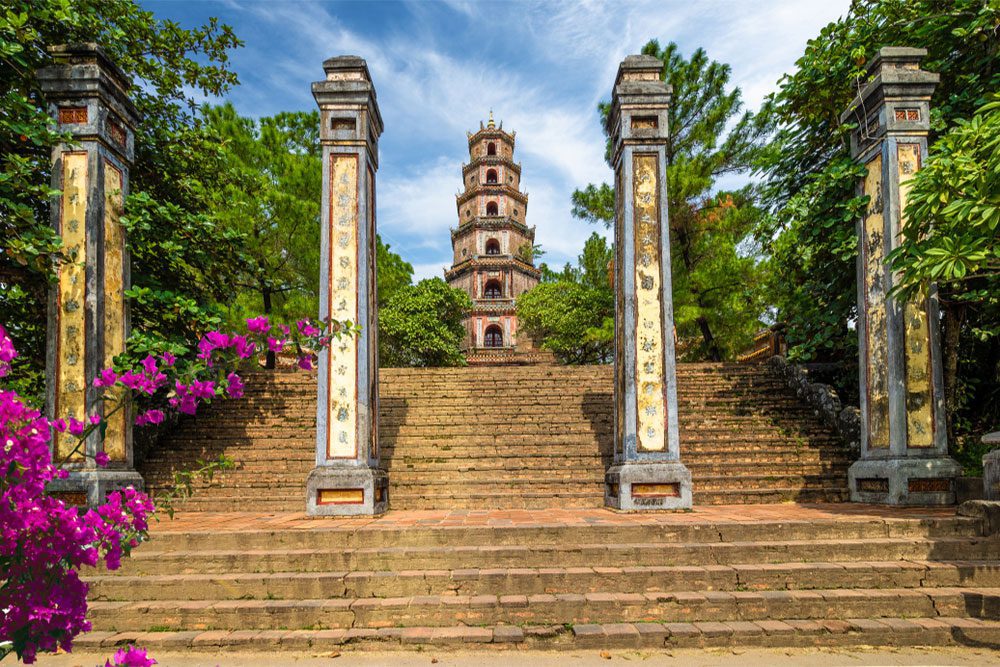
The Thien Mu Pagoda in Hue is the country’s tallest at seven floors. As a pagoda that looks out over the Perfume River, it has become a symbol of the city that was formerly the imperial capital. Construction of the temple began in 1601, while the Nguyễn Lords were in power. The original temple was built using simple materials, but it has been renovated and enlarged to include increasingly elaborate details throughout the centuries.
1. Ha Long Bay
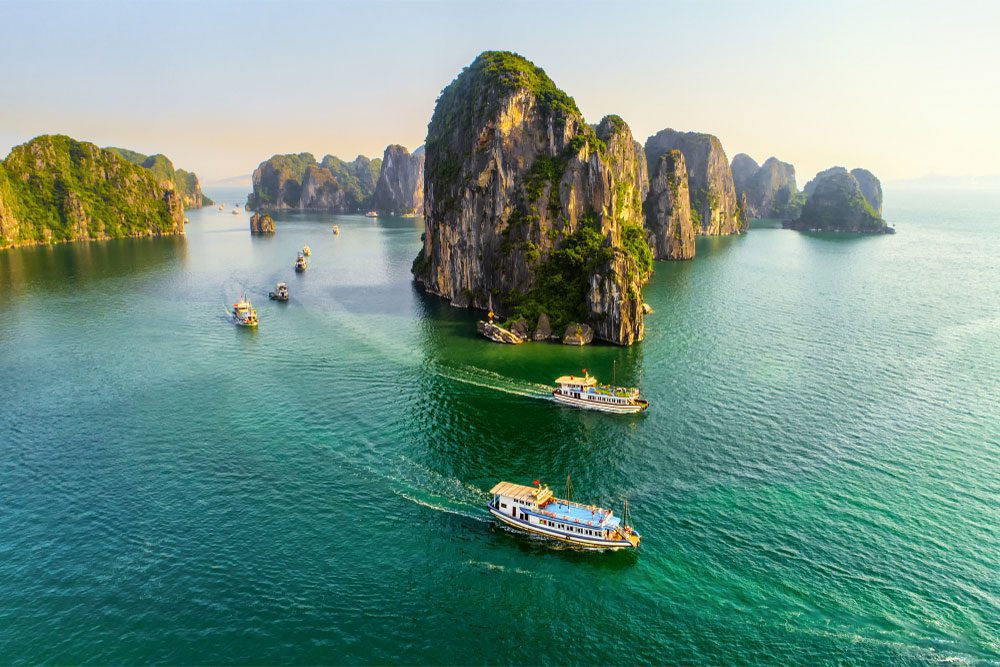
“Bay of Descending Dragons” (Ha Long Bay) is the direct translation of the name of this stunning bay in northern Vietnam. The bay stretches over a coastline of 120 kilometers. Ha Long Bay is Vietnam’s most popular tourist destination because of its breathtaking seascape of limestone pillars dotting the bay and covered in lush jungle vegetation.
Many of the islands are made entirely of hollow rock and include gigantic caverns; others have lakes and are home to fishermen’s villages built on floating platforms.


